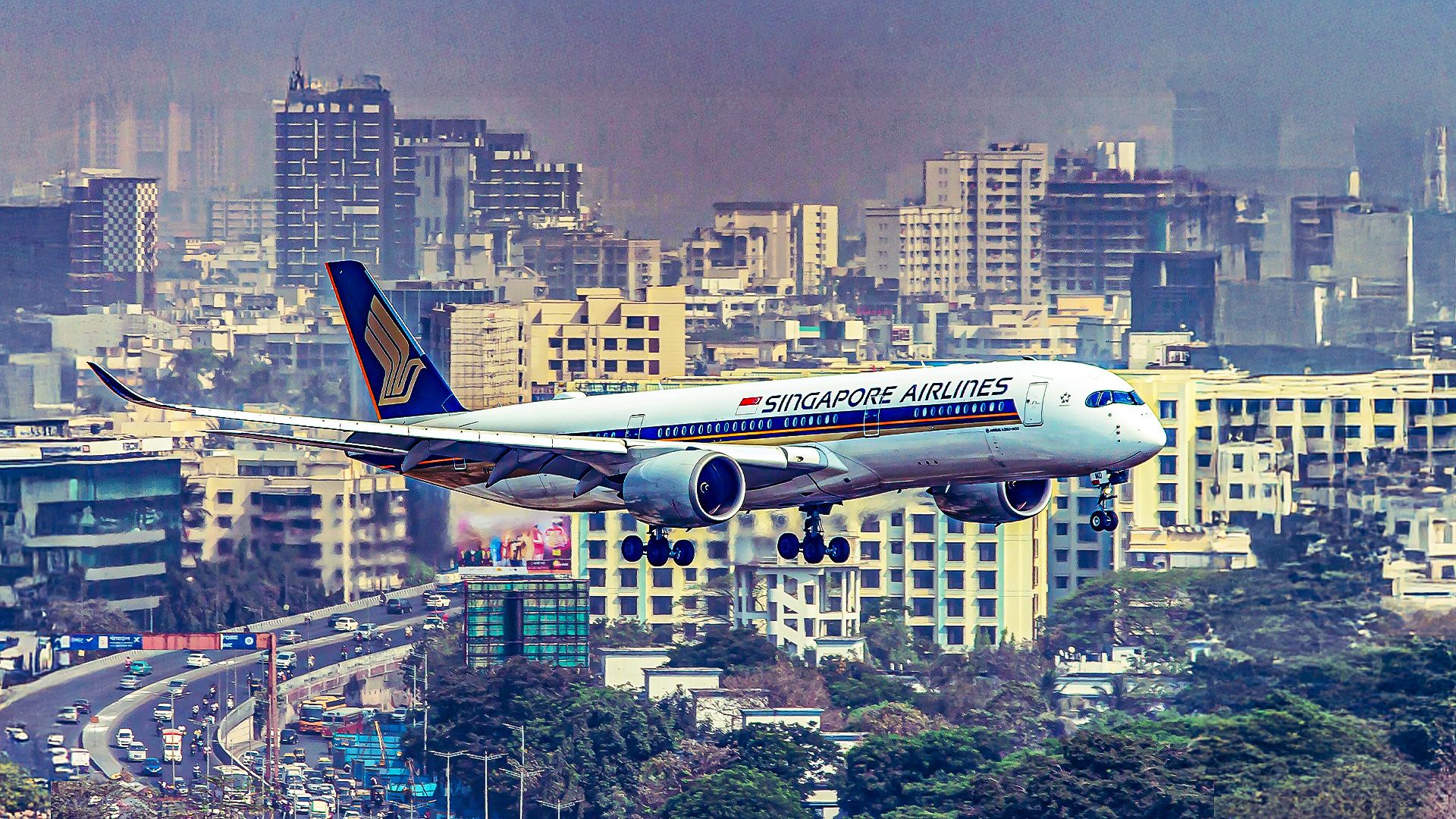BREAKING: In a bold move reshaping the global aviation landscape, eight major airlines are intensifying competition in the ultra-long-haul flight market, with routes exceeding 8,000 nautical miles and flight times surpassing 15 hours. This urgent development signals a significant shift as airlines adapt to the rising demand for nonstop services linking international financial hubs.
NEW REPORTS from aviation analytics firm Cirium highlight the strategic importance of these marathon flights. Airlines are leveraging next-generation aircraft, including the Airbus A350-900ULR and the Boeing 787-9, to enhance passenger comfort and operational efficiency. These advancements allow airlines to tap into high-yield premium traffic that prefers direct routes over inconvenient connections.
The longest flight currently in operation is Singapore Airlines’ service from New York’s JFK to Singapore’s Changi Airport (SIN), covering approximately 9,400 miles (15,261 km). It exemplifies how airlines are using ultra-long-haul capabilities to bypass traditional hubs and capture lucrative markets.
Among the eight key players are Singapore Airlines, Qantas, Emirates, and Qatar Airways, each with unique strategies. For instance, Emirates boasts over 14,000 monthly seats on flights between the Gulf and the South Pacific, while Qantas connects Auckland to New York directly, covering over 8,800 miles.
The competitive landscape remains fierce. Airlines like United Airlines and Delta Air Lines are also making headlines with their own ultra-long-haul services. United’s route from Houston to Sydney launched as one of the longest by a U.S. carrier, underscoring the urgency for airlines to innovate and expand.
As airlines optimize their operations, the implications are profound. These ultra-long-haul flights not only reshape route networks but also significantly affect global passenger flows, unlocking potential at slot-constrained airports and providing direct links that were previously unavailable.
However, operating these routes is not without challenges. The financial risks associated with ultra-long-haul flights are high, with breakeven load factors soaring due to increased fuel consumption and crew costs. Airlines must also navigate severe weather and operational limitations that can complicate these lengthy journeys.
KEY TAKEAWAYS:
1. **Fleet Specialization**: Singapore Airlines leads with multiple ultra-long-haul city pairs, maintaining a focus on reliability over capacity.
2. **Competitive Dynamics**: Despite economic pressures, airlines are fiercely competing on popular routes, indicating a resilient market.
3. **Strategic Bypasses**: New direct routes effectively bypass traditional hubs, catering to both diaspora and corporate travelers looking for convenience.
As this story develops, the impact of these ultra-long-haul flights will resonate across the aviation industry, shaping future travel trends. With corporate demand rebounding and travelers seeking direct connections, airlines are poised to adapt rapidly.
WHAT TO WATCH FOR: Keep an eye on the evolving route networks and potential new entrants in the ultra-long-haul market. As airlines refine their strategies, the competitive landscape will likely continue to transform, creating more options for travelers and redefining global connectivity.
This urgent update highlights the dynamic state of the airline industry as it responds to changing passenger needs and operational capabilities. Stay tuned for further developments as airlines race to dominate this critical segment of air travel.







